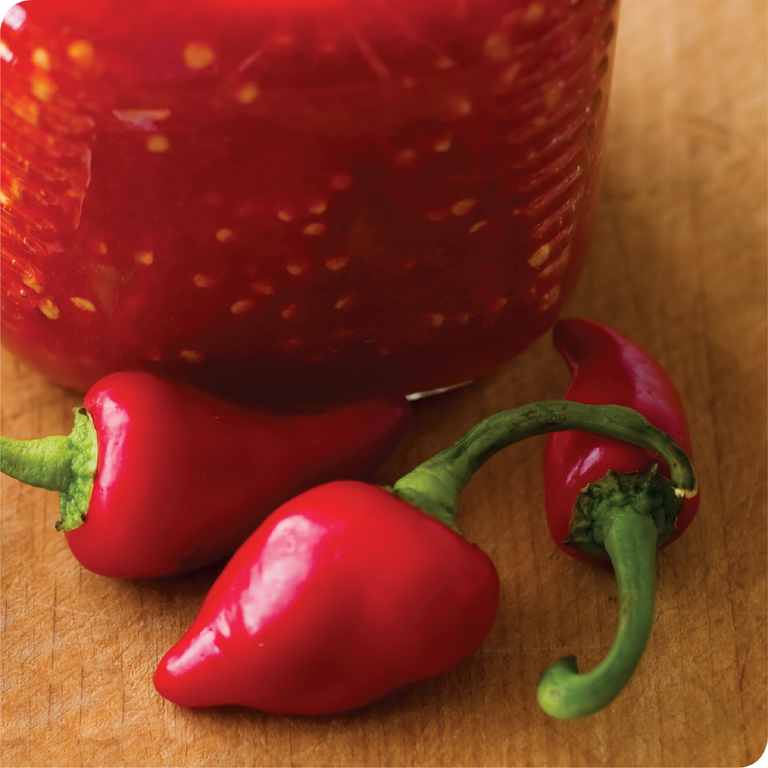
THE SRIRACHA KNOWN TO MOST AMERICANS is certainly no far cry from the Thai original, but there are marked differences, and that’s just fine with David Tran, creator of the now ubiquitous Tương Ớt Sriracha, or as it is affectionately called by many, “rooster sauce.” Tran, who himself was born in Vietnam of Chinese ancestry, came to America in the late 1970s as a refugee seeking asylum from the post-war regime. While in Vietnam, Tran had begun growing and selling peppers in an attempt to earn a living, but quickly found that it was a losing proposition due to the low prices paid for fresh chilies. Rather than scrap the plan altogether, he began making chili sauces, which could command a higher return.
After the war, however, many immigrant groups were viewed as outsiders by the new administration, leaving Tran and his family little choice but to abandon their business and flee their home. Boarding a crowded Taiwanese freighter dubbed Huy Fong, Tran left for the United States. After he spent months in a transit camp in Hong Kong, the United States allowed him entry into Boston. It wasn’t long before he went to Los Angeles and started working.
Using $50,000 of family savings after being denied a bank loan, Tran started his chili sauce business, naming it Huy Fong Foods after the ship that carried him out of Vietnam. With a Chevrolet van, a 50-gallon electric mixer, and a small shop rented on Spring Street in LA’s Chinatown for $700 a month, he began selling a spicy Vietnamese-style Pepper Saté Sauce to local Asian restaurants and markets. Seeing moderate levels of success, he rolled out several more products, including his Tương Ớt Sriracha in 1983.
Made with bright red jalapeños and utilizing garlic powder in place of fresh, Tran’s sauce had a more upfront, in-your-face taste that distinguished it from its Thai counterpart. It was bolder and thicker, too. The plastic squeeze bottles, emblazoned with a proud rooster (representing the year of Tran’s birth on the Chinese zodiac) and topped with a bright green lid, stood out on restaurant tables and store shelves. Inside the bottle, the sauce had a flavor that was a natural match for Asian cuisine. Others outside of the Asian community soon took note, gladly embracing a new addition to the drab ketchup/mustard/mayo condiment trifecta to which many Americans had become so stoically accustomed.
By 1987, Tran’s operation had outgrown its Chinatown outpost. He moved it to Rosemead, in California’s San Gabriel Valley, which had its own Asian immigrant community, a perfect market for the sauce. Never advertised, Tương Ớt Sriracha’s continued success came solely from its tasty reputation and word of mouth. Coming in at under $3 for a 17-ounce bottle, the hot sauce was an easy sell to visitors and tourists passing through LA, who would often take a bottle or two back home with them, either for themselves or friends who had a taste for something spicy.
In 1996, Huy Fong Foods expanded once more, purchasing the shuttered Wham-O factory to facilitate greater production. Word was getting out about their sauces, and sales continued to soar. Over the years, Sriracha has become a household name and a pantry staple for many, and with production now exceeding 14 million bottles a year, Sriracha has earned its rightful place in kitchens across America.